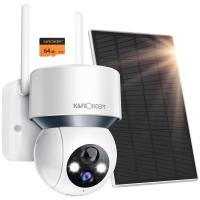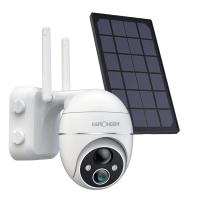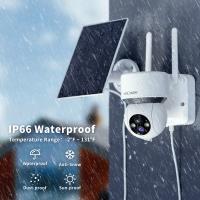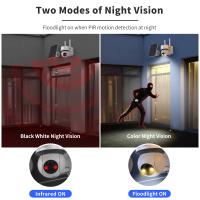How Much Are Solar Panels For Your House?
The cost of installing solar panels for a house is a common question among homeowners considering renewable energy solutions. Understanding the financial implications, potential savings, and long-term benefits is crucial for making an informed decision. In this article, we will delve into the various factors that influence the cost of solar panels, the potential return on investment, and practical tips for homeowners looking to transition to solar energy.
Understanding the Cost of Solar Panels
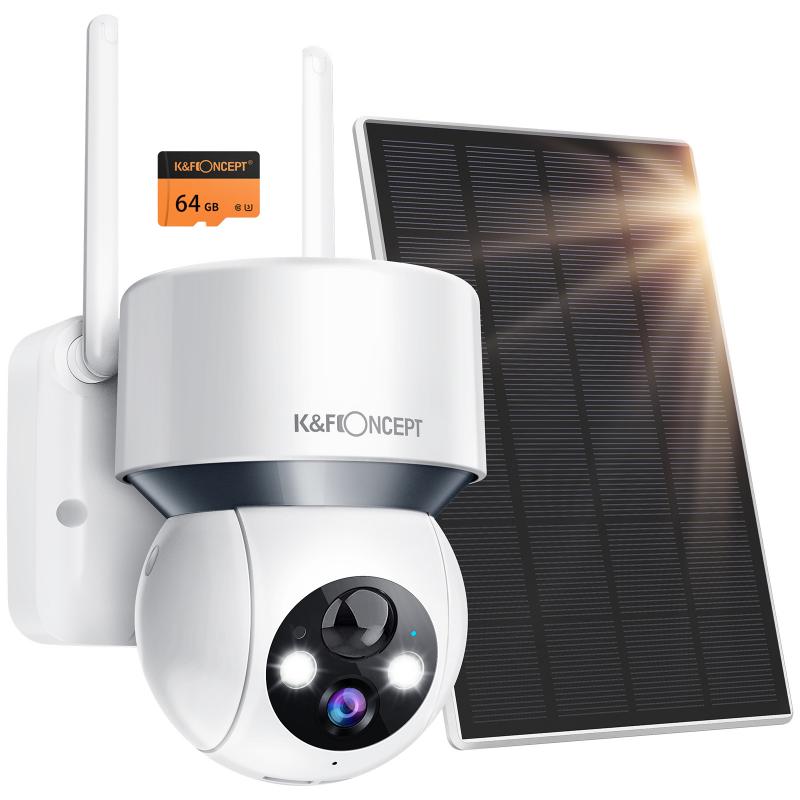
The cost of solar panels for a house can vary significantly based on several factors. These include the size of the system, the type of solar panels used, installation costs, and any additional equipment or services required. Here’s a breakdown of the primary cost components:
1. System Size: The size of the solar panel system, measured in kilowatts (kW), is one of the most significant factors affecting the overall cost. A larger system will generate more electricity but will also be more expensive to install. On average, residential solar panel systems range from 3 kW to 10 kW.
2. Type of Solar Panels: There are different types of solar panels available, including monocrystalline, polycrystalline, and thin-film panels. Monocrystalline panels are typically more efficient and more expensive, while polycrystalline panels are less efficient but more affordable. Thin-film panels are less common for residential use but can be a cost-effective option in certain situations.
3. Installation Costs: Installation costs can vary based on the complexity of the installation, the location of the house, and the installer’s rates. This includes labor, permits, and any necessary modifications to the home’s electrical system.
4. Additional Equipment: In addition to the solar panels themselves, a complete solar power system includes inverters, mounting hardware, and sometimes battery storage. Each of these components adds to the overall cost.
5. Incentives and Rebates: Many governments and local utilities offer incentives and rebates to encourage the adoption of solar energy. These can significantly reduce the upfront cost of installing solar panels.
Average Cost of Solar Panels

As of 2023, the average cost of solar panels in the United States is approximately $2.50 to $3.50 per watt. This means that a typical 6 kW residential solar panel system would cost between $15,000 and $21,000 before any incentives or rebates. After applying federal tax credits and other incentives, the net cost can be significantly lower.
Return on Investment

One of the main reasons homeowners consider solar panels is the potential for long-term savings on electricity bills. The return on investment (ROI) for solar panels depends on several factors, including the cost of electricity in your area, the amount of sunlight your home receives, and the efficiency of the solar panel system.
1. Electricity Savings: By generating your own electricity, you can reduce or even eliminate your monthly electricity bills. The amount you save will depend on your energy consumption and the size of your solar panel system.
2. Net Metering: Many utility companies offer net metering programs, which allow you to sell excess electricity generated by your solar panels back to the grid. This can further increase your savings and shorten the payback period.
3. Increased Home Value: Installing solar panels can increase the value of your home. Studies have shown that homes with solar panels sell for more than comparable homes without them.
4. Environmental Benefits: While not a direct financial benefit, reducing your carbon footprint and contributing to a cleaner environment is a significant advantage of solar energy.
Financing Options
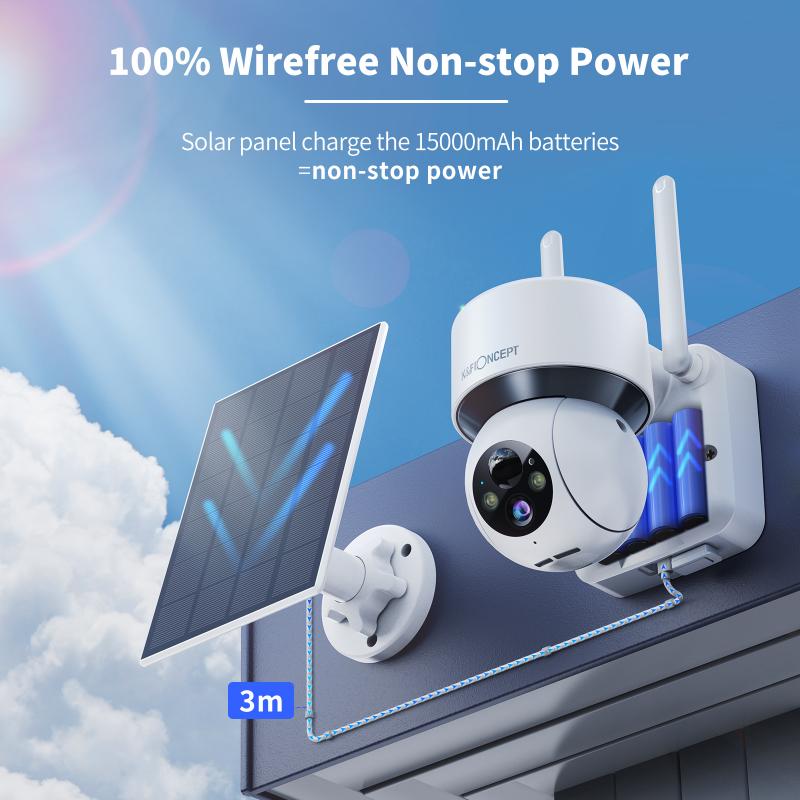
For many homeowners, the upfront cost of solar panels can be a barrier. Fortunately, there are several financing options available to make solar energy more accessible:
1. Solar Loans: Many banks and financial institutions offer loans specifically for solar panel installations. These loans can spread the cost over several years, making it more manageable.
2. Leasing and Power Purchase Agreements (PPAs): With a solar lease or PPA, a third-party company installs and maintains the solar panels on your home, and you pay a monthly fee or a reduced rate for the electricity generated. This can be an attractive option for homeowners who do not want to pay the upfront cost.
3. Home Equity Loans: Using a home equity loan or line of credit can be another way to finance solar panels. These loans typically have lower interest rates than other types of financing.
Practical Tips for Homeowners
If you’re considering solar panels for your home, here are some practical tips to help you make the best decision:
1. Assess Your Energy Needs: Start by evaluating your current energy consumption and determining how much of it you want to offset with solar power. This will help you decide on the size of the system you need.
2. Get Multiple Quotes: Solar panel installation costs can vary widely between different installers. Get quotes from several reputable companies to compare prices and services.
3. Check for Incentives: Research available incentives, rebates, and tax credits in your area. These can significantly reduce the overall cost of your solar panel system.
4. Evaluate Your Roof: Ensure that your roof is in good condition and can support the weight of the solar panels. The orientation and angle of your roof will also affect the efficiency of the system.
5. Consider Future Energy Needs: If you plan to add more electrical appliances or an electric vehicle in the future, consider installing a larger system to accommodate increased energy consumption.
The cost of solar panels for a house can vary based on several factors, but the potential savings and environmental benefits make it a worthwhile investment for many homeowners. By understanding the different cost components, financing options, and practical considerations, you can make an informed decision about whether solar energy is right for you. With the right approach, solar panels can provide a reliable and sustainable source of energy for your home, reducing your electricity bills and contributing to a cleaner environment.








